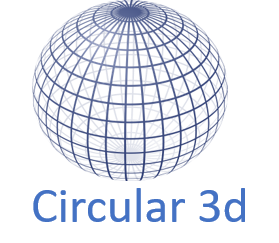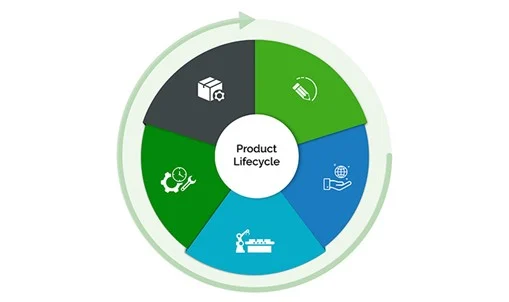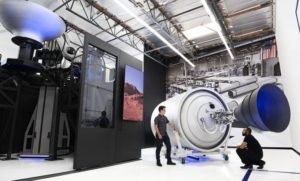PTC has submitted this post.
Written by: Preeya Dave, Content Marketing Specialist at PTC.
Manufacturers are waking up to a new reality: sustainability has vaulted to the forefront of their business initiatives. In fact, a recent CIMdata report demonstrates that consumers not only prefer sustainable products but are willing to pay a significant markup to purchase them. As a result, companies are facing social and competitive pressure to meet the market demand. Organizations who may have previously resisted the perceived cost of sustainability are now scrutinizing the environmental impact of their products and processes. This includes examining their business and finding new ways to make their products and operations more sustainable.
And as the public understanding of sustainability improves, companies are discovering that a sustainability talk-track no longer satisfies the market. Today, sustainability requires more than a slick advertising campaign or charitable donations to green causes—efforts must be credible, documented and driving measurable results. In addition to sustainable products, operational sustainability improvements often reduce waste, scrap, utility and materials costs. Sustainability may be a challenging pursuit, but it offers a wide range of benefits that manufacturers can no longer afford to overlook.
To meet these challenges, companies must look across operations and entire product lifecycles to pinpoint where efficiencies can be gained. For organizations just beginning to undertake this effort, they should be focusing on three pillars of sustainability: environmental, social and economic. When reviewing the product lifecycles, manufacturers shouldn’t be surprised that sustainability should be introduced at the beginning of the lifecycle. The product design and engineering phases are ripe for sustainability improvement.
What Does Sustainability Mean in Product Design?
When looking at a product’s lifecycle, we can see how a pattern of sustainability forms. Following a circular economy model [i], products should be designed to be reused and recycled. Every product goes through the product design, material sourcing, manufacturing, operation and service and end of life stages. Astute manufacturers will recognize the impact that initial design decisions have on each stage that follows. (Read More)




